Travel
Top Restaurants In Milan (Italy) 2024
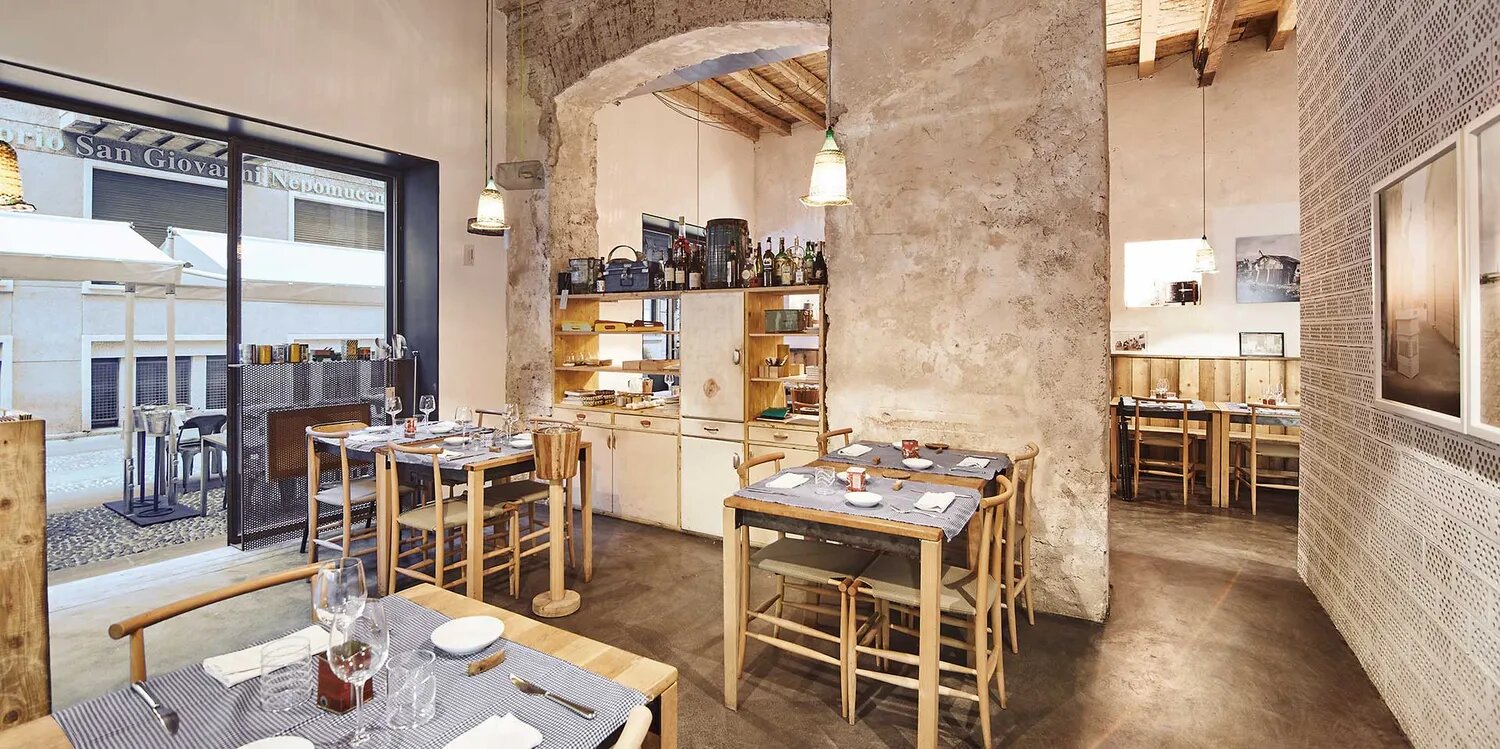
The Milanese look quite nice, therefore it’s reasonable to assume that they’re all eating well, right? Right. Few cities do delicious cuisine like this chic place in northern Italy, and gourmet grandeur can be found all across the city, from neighborhood trattorias to Michelin-starred restaurants.
Eating a delicious dinner is an essential component of the ideal day in Milan, just as crucial as visiting famous landmarks and shopping. The city kitchens are Milan’s great equalizer, bringing renowned chefs together with local heritage, and the results are wonderful.
1. Langosteria
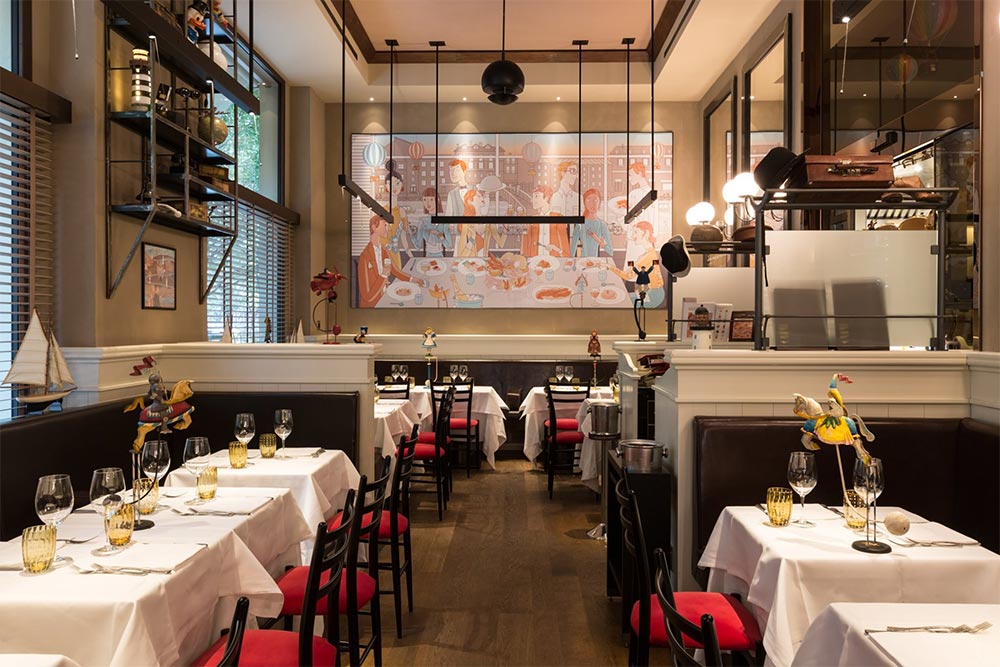
Langosteria serves some of the city’s greatest fish and crustaceans in an elegant dining setting. But don’t anticipate stuffy formality here: the delightful sea-inspired decorations add warmth to Langosteria, which is uncommon in high-end seafood restaurants. Try the Catalan-style main courses, with the Catalan-style king crab getting high praise.
If you prefer your seafood raw, choose from the outstanding oyster selection or order one of the raw-fish platters, which include delicacies such as red shrimp taken from the deep Mediterranean waters near Sicily. Can’t get a table at their original venue? Don’t worry: Langosteria has two offshoots nearby, Langosteria Cucina and Langosteria Bistrot, as well as a Langosteria Cafe just a stone’s throw from the Duomo.
2. Erba Brusca
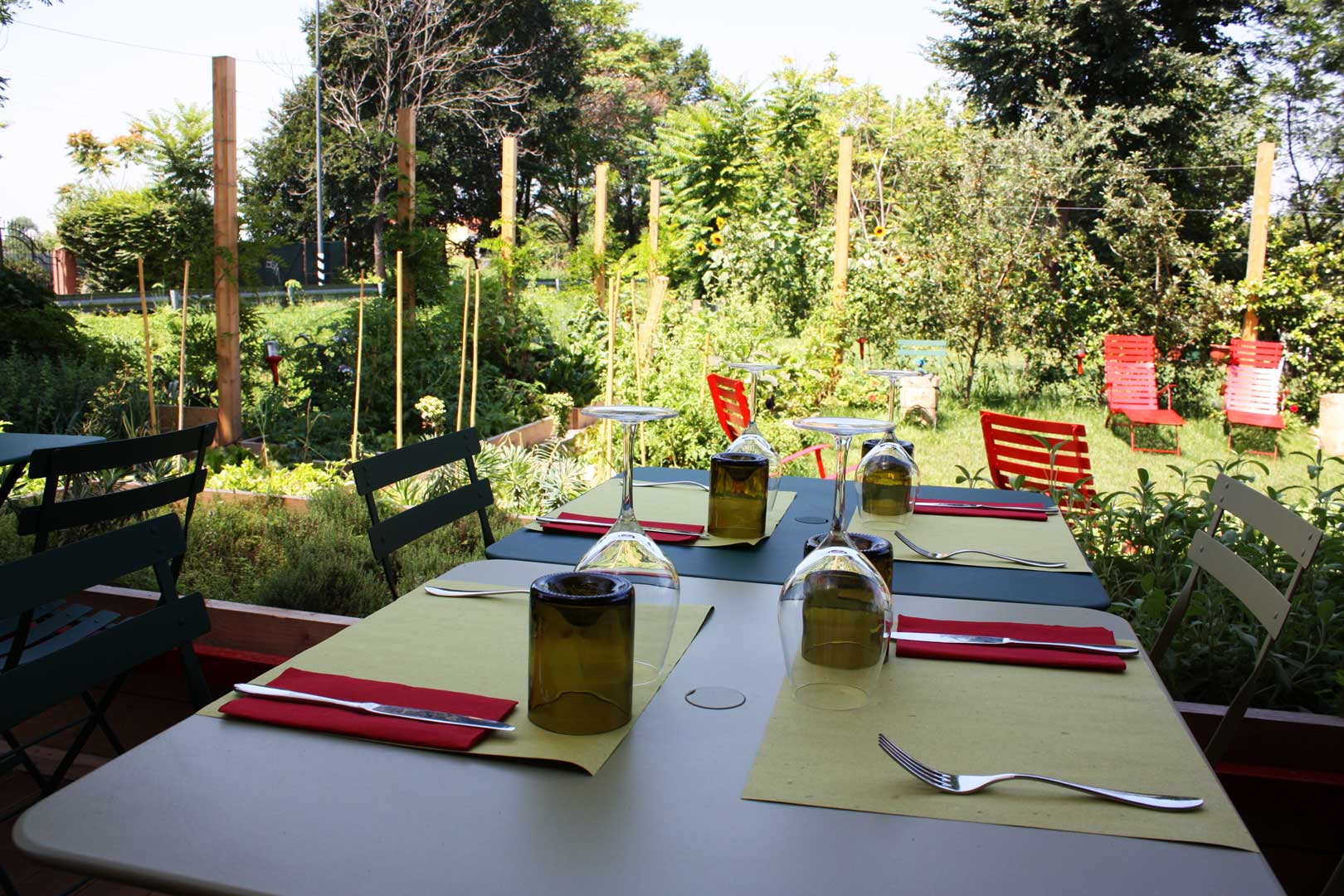
Erba Brusca is a rural-chic refuge along the Naviglio Pavese canal with a short and sweet cuisine that incorporates vegetables from the adjacent vegetable garden, connecting guests with the earth.
This informal place is especially popular on weekends, when Milanese escape to the countryside and mountains that surround the city. Although Chef Alice Delcourt’s menu varies frequently, the pasta with clams, truffles, and wild sorrel (erba brusca) is a consistently great fixture. Pair it with a glass of natural wine from the carefully picked selection.
3. Trippa
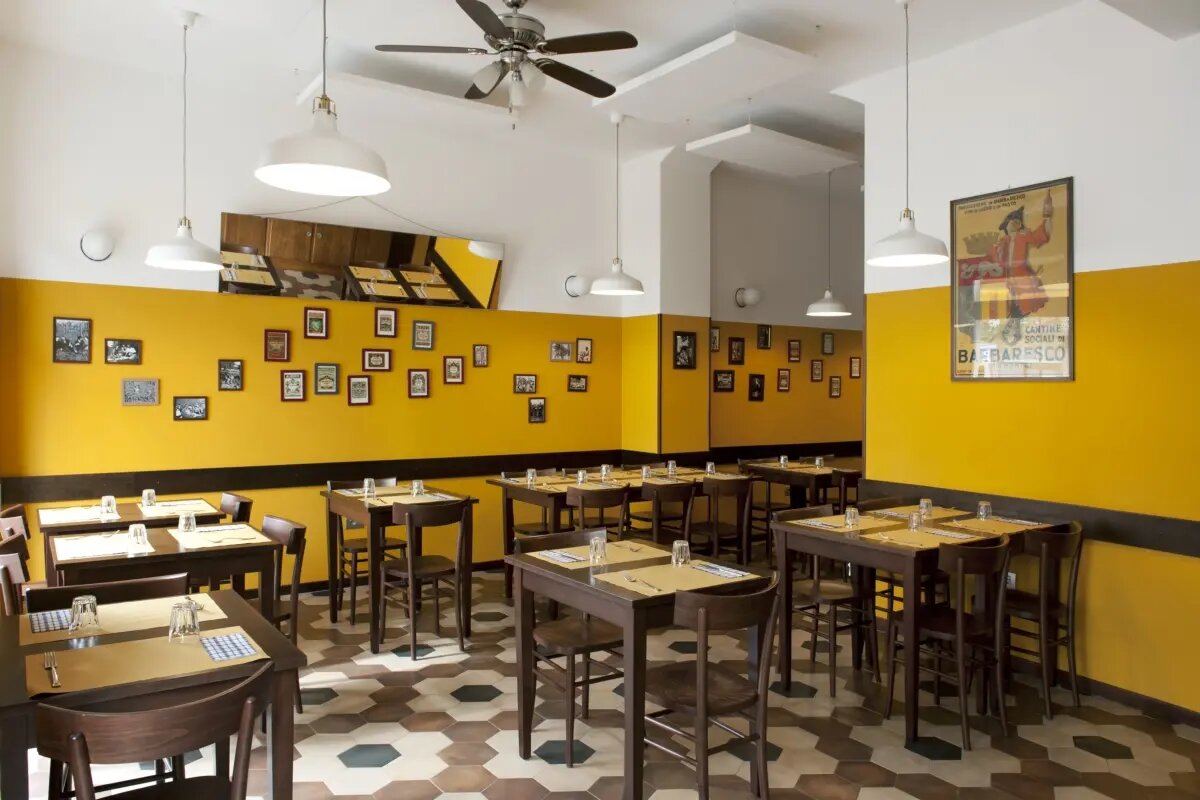
Diego Rossi, one of the town’s most popular chefs, has set out to honor offal by crafting simple interpretations of tripe, kidneys, liver, heart, lung, and sweetbreads; the menu changes daily depending on what’s available at the market. The chef also offers more traditional recipes for less daring eaters and vegans. In addition to the bold interiors and flavors, what distinguishes Trippa is the pleasant atmosphere created by Rossi’s business partner and front-of-house expert, Pietro Caroli.
4. Ristorante Da Giacomo
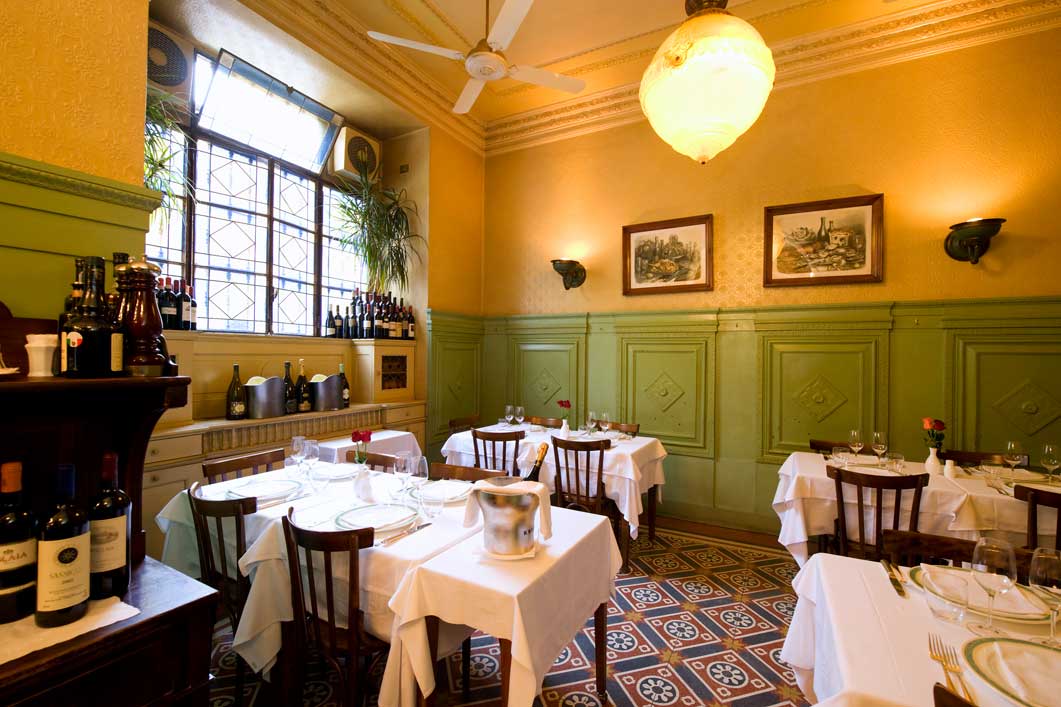
This old guard restaurant in Zona Risorgimento is a true city institution, combining the simplicity of rustic Tuscan cuisine with the drama of classic Milanese interior design (the dining room, with ornate wall panelling and graniglia floors, was designed by the infamous architect Renzo Mongiardino in 1989).
The comprehensive menu focuses on seafood, with dishes such as paccheri with swordfish and eggplant, a large range of raw carpaccio and tartare, and market-fresh fish delivered whole and served with theatrical flair. However, there are many vegetarian options available, with a focus on tradition and locally sourced products. The Giacomo Pasticceria pastry shop is just across the street, delivering traditional Italian pastries with a modern touch in a sophisticated environment.
5. Gastronomia Yamamoto
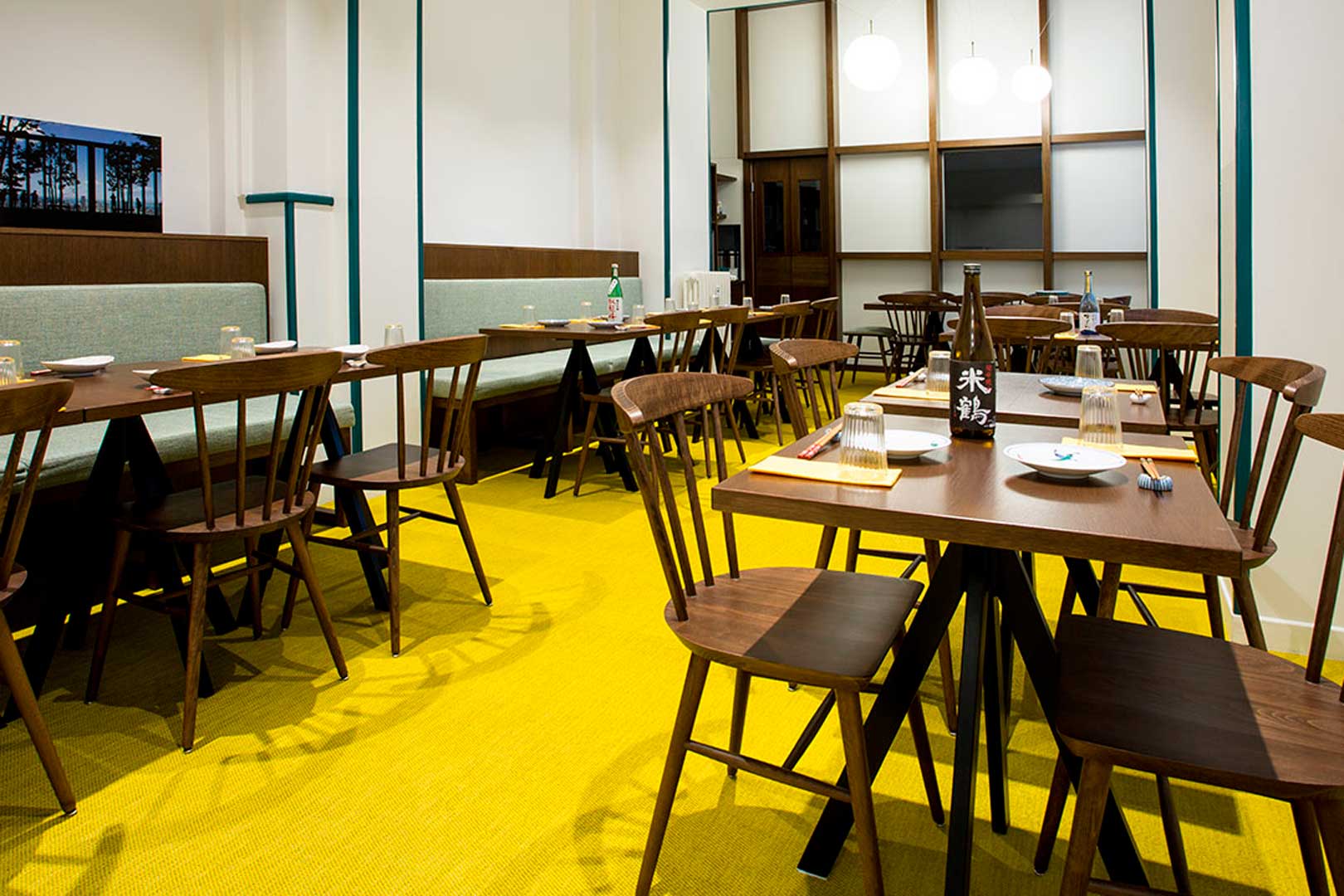
Who would have imagined that the best venue to enjoy traditional Japanese home food would be in the heart of Milan? From the midday takeaway counter offering pre-made bento boxes (without sushi) to the full-service restaurant in the back, this Japanese classic just behind the Duomo has it all.
We recommend the wonderfully fragrant curry, pillow-soft unagi eel donburi, or any of the superb side dishes, especially the stewed Hijiki and miso eggplant. Yamamoto also gets credit for the beautifully designed interiors, which put a modern spin on the traditional Japanese cafeteria style.
6. Spore
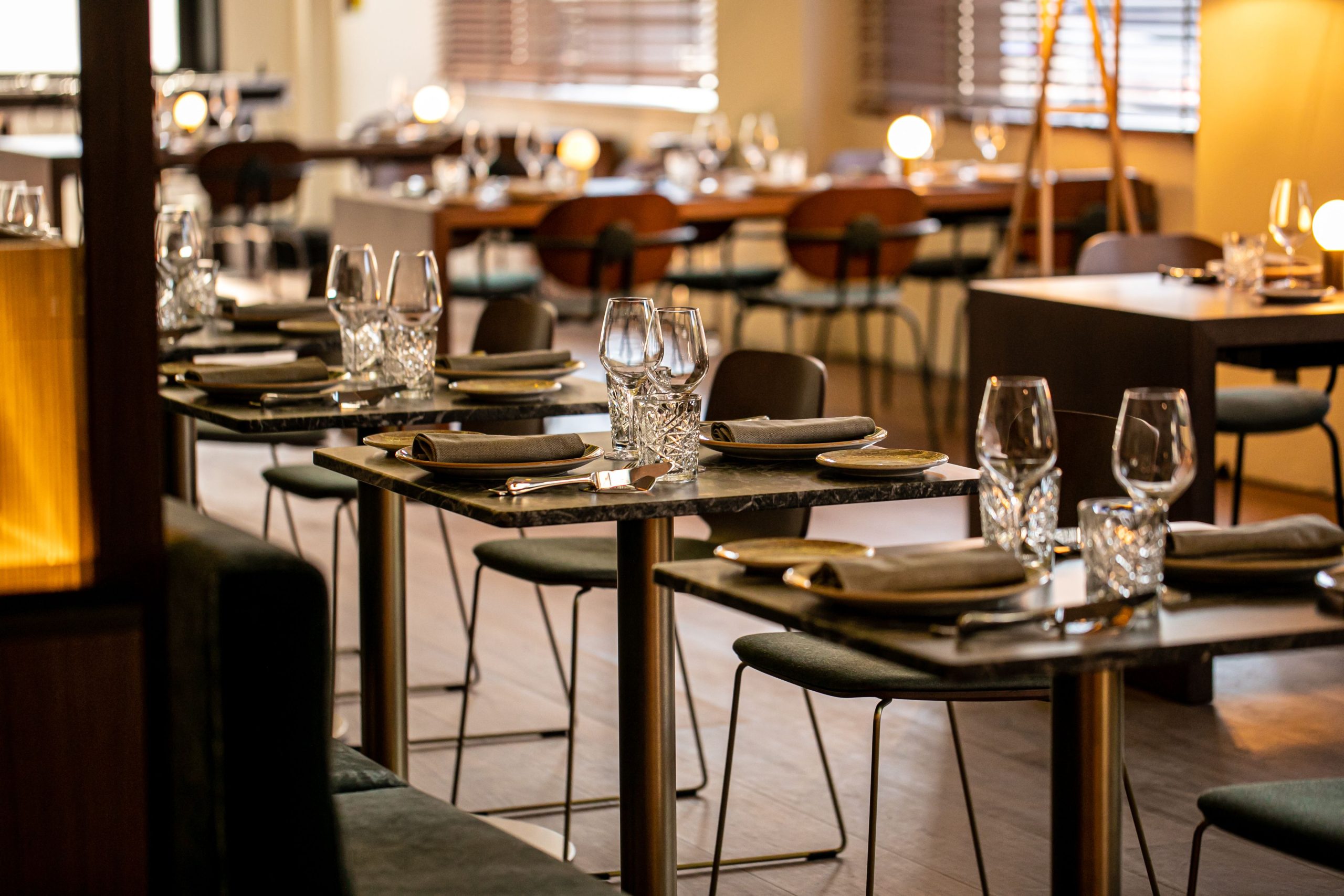
Spore is a new-ish laid-back restaurant in Porta Romana that’s swiftly receiving praise for its inventive culinary approach. It serves a fixed five-course menu that changes weekly, with a few returning classics. Fermented ingredients (‘spore,’ as you might have guessed, means spores) are the stars of this open-kitchen eatery, ranging from kimchi and miso to shoyu, vinegar, and sourdough, all of which are made in-house and used throughout the meal.
Dishes including Asian, Scandinavian, and Italian flavors include grilled tomatoes marinated in miso, pork belly with koji (a type of fungus used in Japanese cooking), and katsu sandos with pumpkin croquettes, fermented potatoes, mustard leaves, and fermented sesame mayo. An extensive natural wine list rounds out the offerings.
7. Trattoria Madonnina
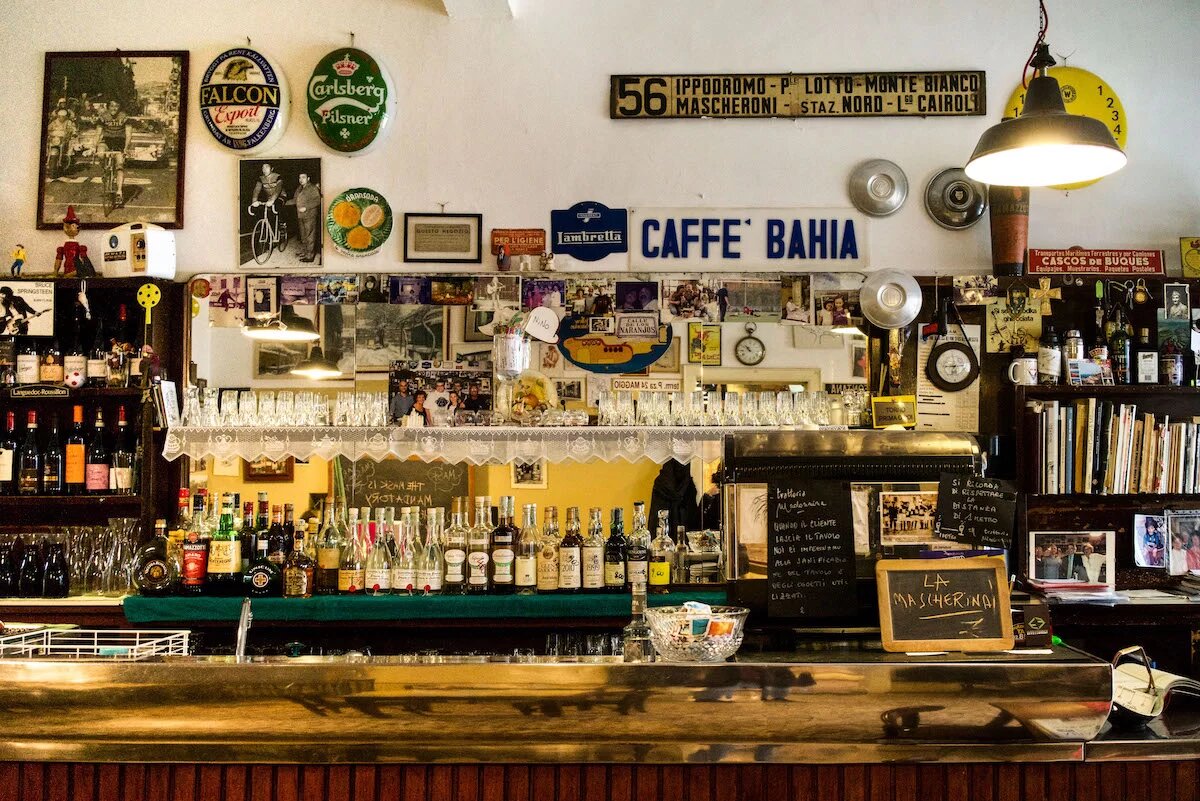
One of Milan’s oldest trattorias, located on a quiet side street just off Corso San Gottardo, is lost in time. Every day, a tiny menu is scribbled and xeroxed, featuring the best of Milanese comfort food, such as Cotoletta alla Milanese (a thin, breaded veal cutlet), ossobuco, and classic saffron risotto, which are normally available for both lunch and dinner.
In the summer, Madonnina’s vine-ringed patio is dotted with tables, and on Saturday nights, a saxophone player frequently stops by for a tune or two.
8. Nebbia
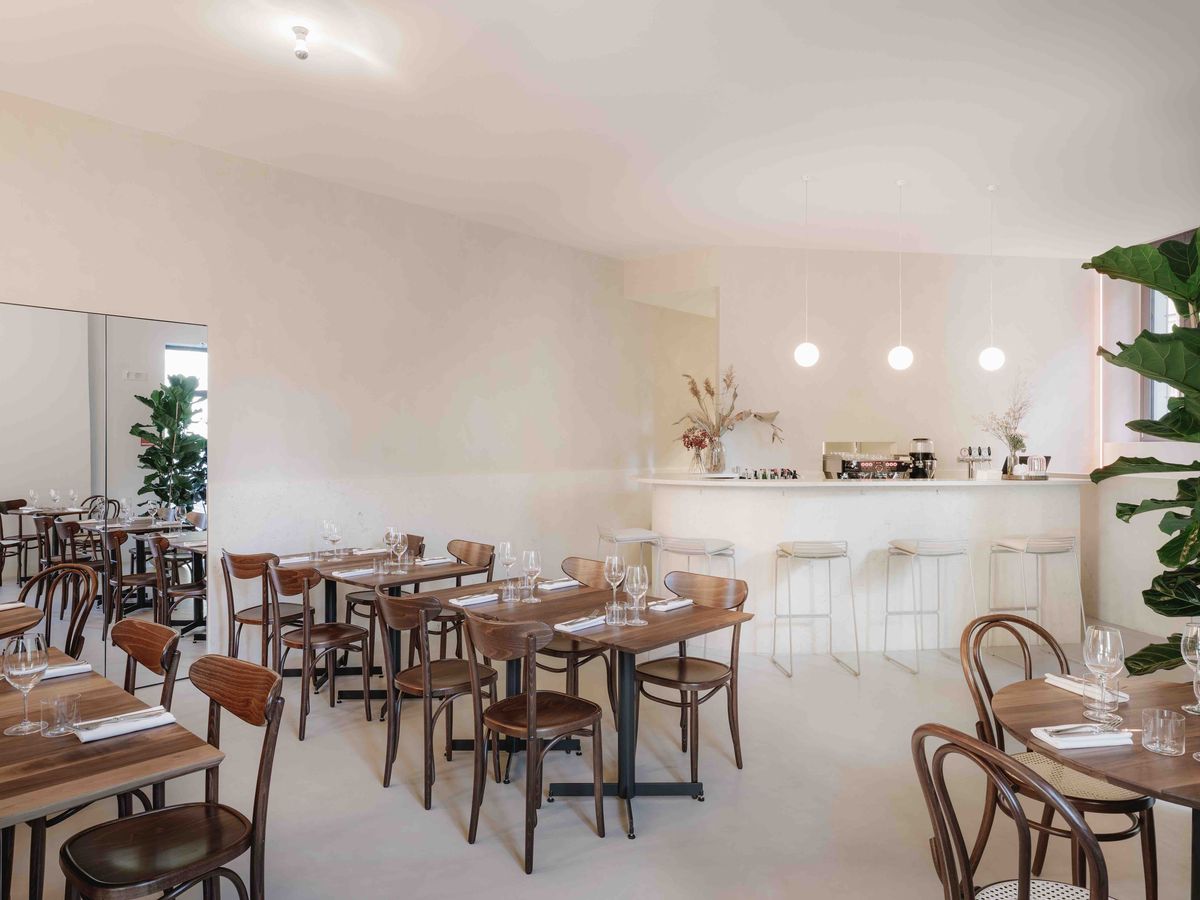
Nebbia, another hidden gem in Milan’s Navigli district, is one of the several neo-trattorie that have recently emerged. That means sleek yet simple interiors, an emphasis on natural wines, and outstanding cookery that is both traditional and forward-thinking. Expect rich tastes and unexpected flourishes as seasonal twists on typical Lombardian fare (the Northern Italian area in which Milan is located).
Though the small menu changes seasonally, recent dishes include duck liver brioche with caramelized onions, roasted pumpkin with goat cheese and sesame, and octopus with hog cheek and foraged greens. The well-researched wine selection, which includes a select group of small producers and natural wines, is especially worth mentioning.
8. Piz
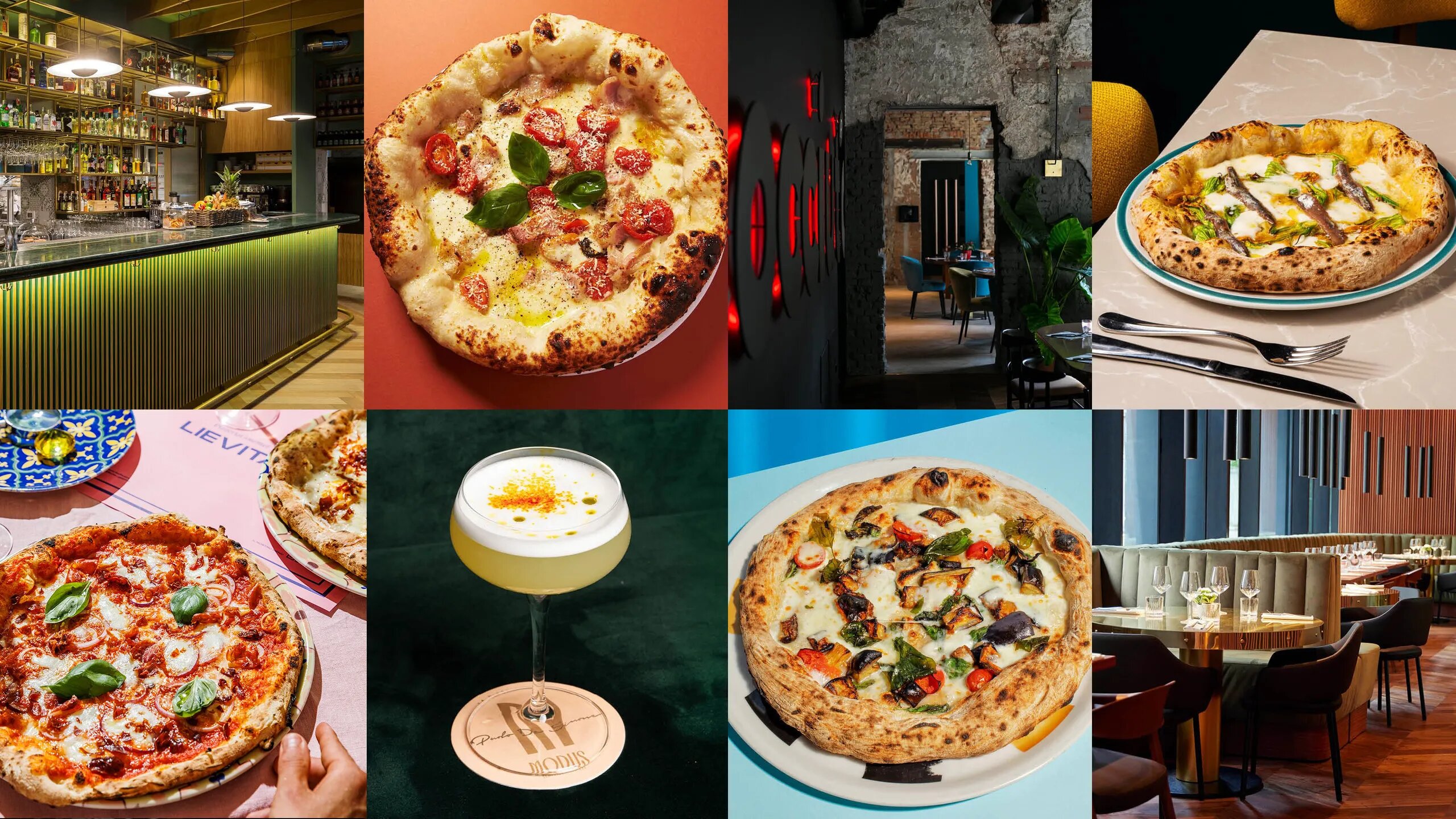
Piz may just have three menu choices, but you won’t leave feeling like you missed out. Choose from the Margherita (San Marzano tomatoes, fresh fior di latte mozzarella, olive oil, basil), Delicata Bianca (fior di latte, poppy seeds, chives), or Marinara (San Marzano, crushed garlic, basil) and be delighted.
Each option is deceptively basic but really well-prepared, utilizing only the best ingredients. They do not accept reservations, but don’t be put off by the wait: waitresses have been known to dish out gratis samples and glasses of Prosecco to the throngs of eager diners queuing outside.
9. Osteria Lagrandissima
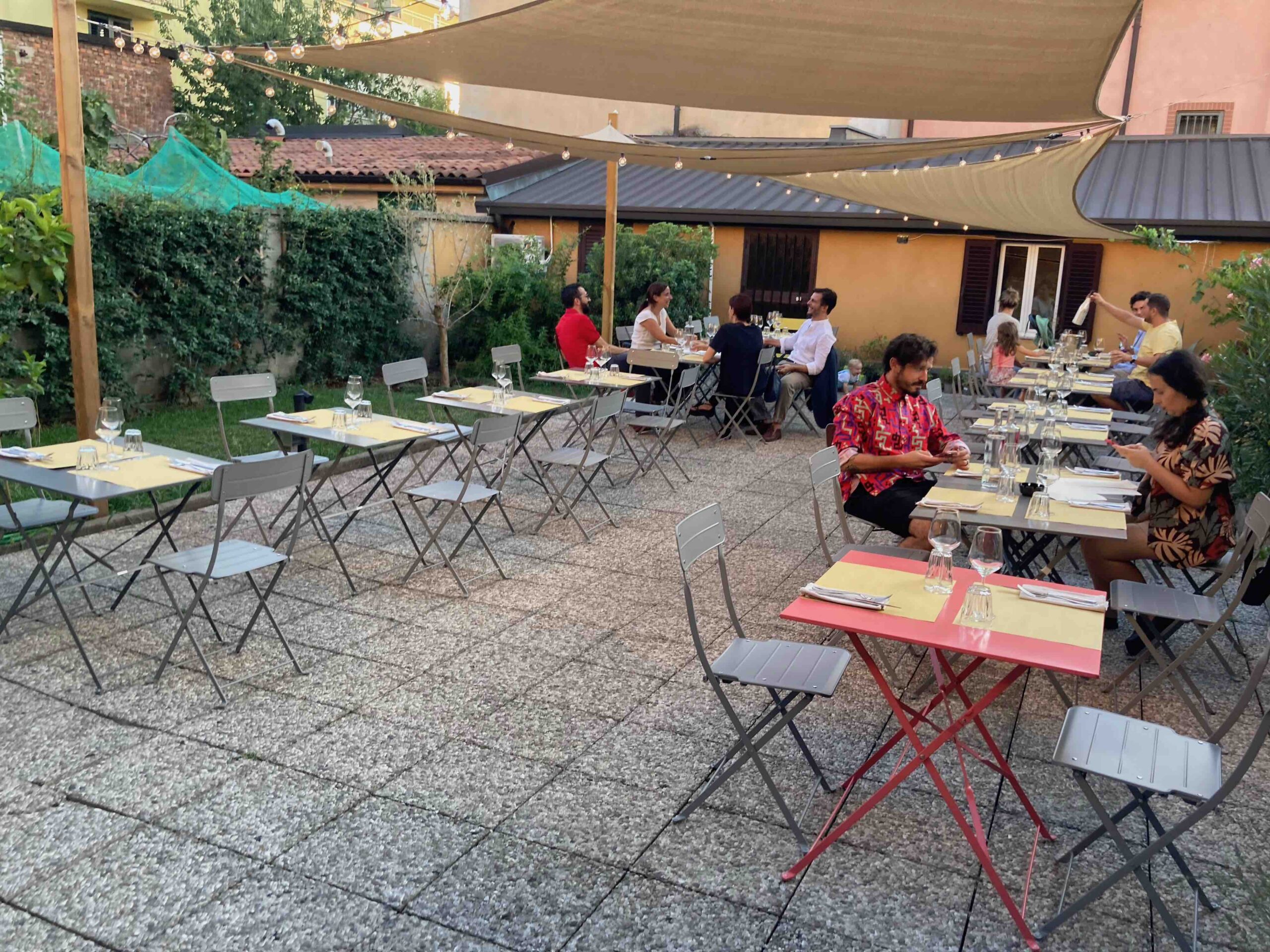
Osteria Lagrandissima, located in Milan’s ‘almost-countryside’ (as they term it) just north of the Martesana canal, opened in the summer of 2022 and has since become a popular among in-the-know Milanese.
That’s mostly due to its country-meets-minimalist ambiance, a hyperlocal menu of basic dishes from the Italian culinary canon (the bread comes from Tipografia Alimentare, another fantastic location nearby), and attentive service – not to mention low costs, which are always welcome. The real winner, however, is the homemade pasta, which ranges from tagliatelle with white pig ragu to ravioli in tomato sauce.
10. Mao Hunan Restaurant

Mao Hunan, disguised as a gelato store in Loreto’s northern area, offers a menu of searingly hot real Hunan cuisine that should not be missed. Packed nightly with expats and die-hard fans (reservations are required), the proprietors created a second site, Maoji, which serves street food, and a third, Chifa, just outside Chinatown, which specializes in Yunnanese cuisine (also excellent).
However, at the original location, the many-page menu features staples such as stewed pork belly, pig’s feet with Sichuan chilis, fried spicy squid, and a variety of vegetarian options.
11. Sidewalk Kitchens
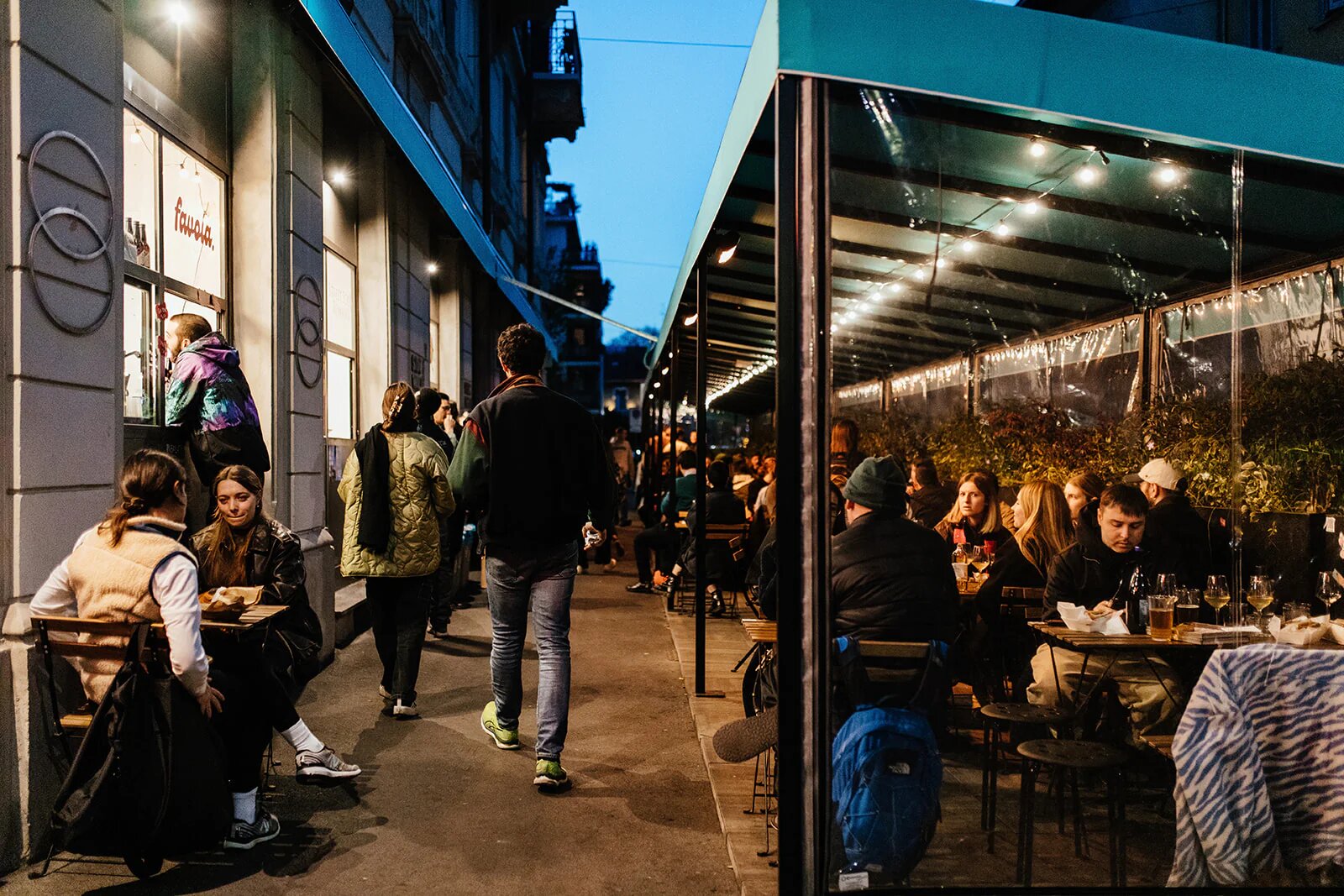
Sidewalk Kitchens, Milan’s hippest food hall, is a ‘food collaborative’ that includes four kitchens, a natural wine bar, and one coffee shop. Located in Zona Risorgimento, it hosts a roster of innovative culinary outlets offering anything from sliced pizza to katsu sandwiches, Roman street food like supplì (deep fried, tomato-filled rice balls), and specialty coffee with freshly baked pastries.
All courtesy of small, independent food businesses from the boot country. The goal is to highlight the city’s culinary offerings, encourage young chefs, and establish a location that acts as both an unpretentious eatery and a communal hub for the neighborhood (and the rest of Milan, given its popularity). Food can be ordered for delivery, takeout, or consumed in the 80-seat dining room.
12. Ratanà
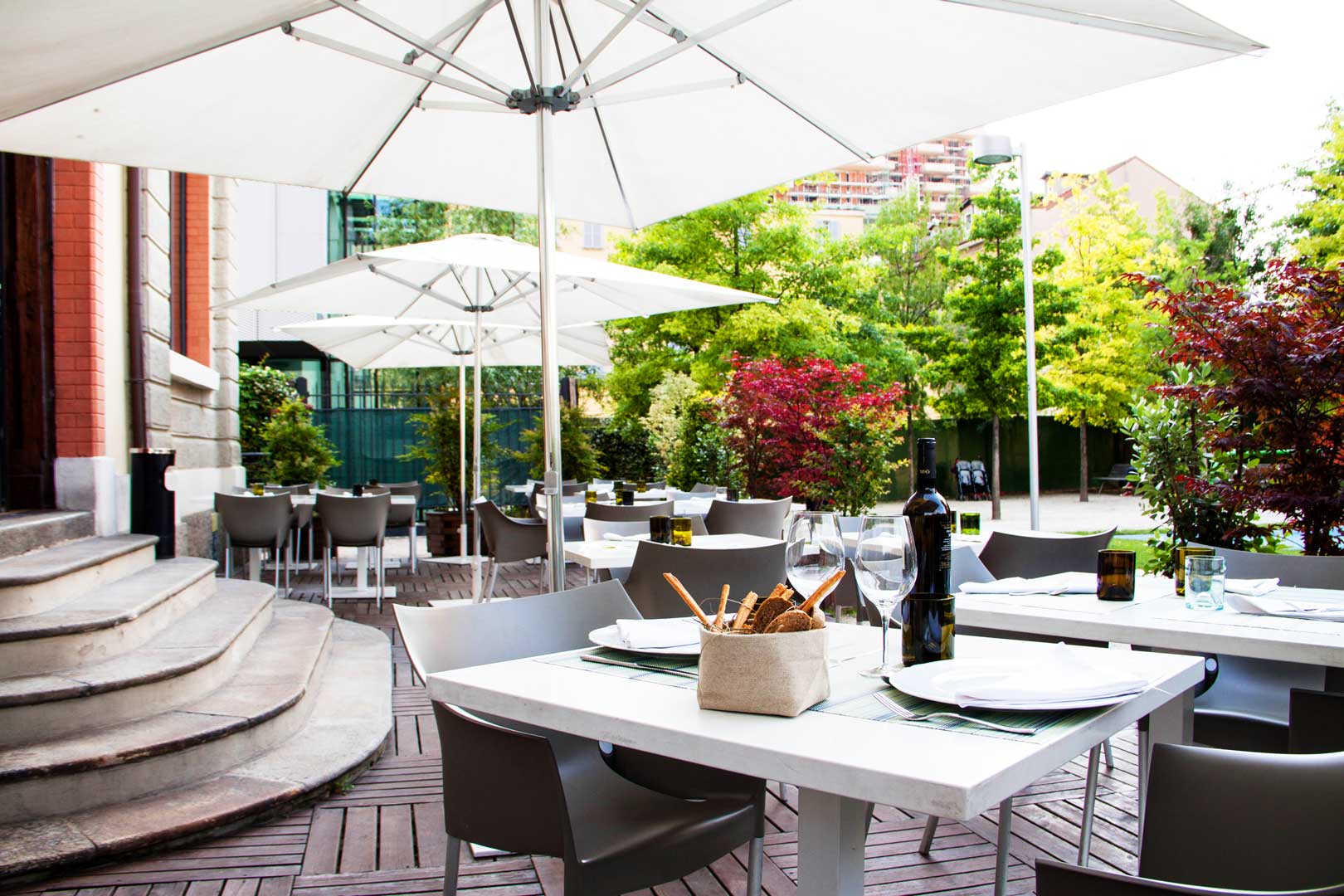
Ratanà, a restaurant in Isola founded by the innovative chef Cesare Battisti, offers the greatest contemporary interpretations on traditional Milanese food. While the menu changes periodically, his version of the classic risotto alla Milanese con ossobuco (saffron rice with braised veal shank) is a staple and a must-try. Battisti replaces Parmesan with the sweeter Lodigiano cheese, giving this normally creamy dish an even deeper taste.
If you’re primarily looking for pasta, check the newly established Pastificio Ratanà, which is a five-minute walk from the original. That’s all it does – strictly handcrafted, of course.
13. Propaganda Alimentare
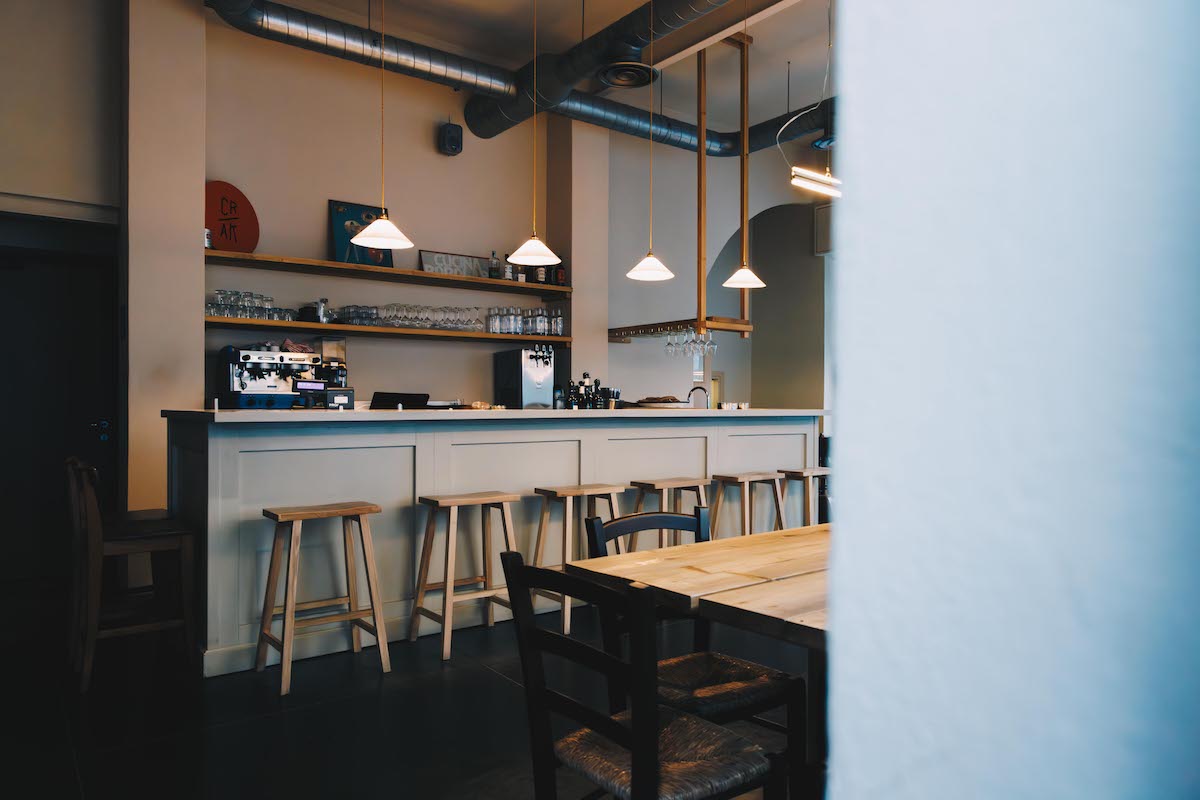
Propaganda Alimentare, a sleek-yet-friendly neighbourhood joint in Lambrate, bills itself as a ‘urban agriturismo’ – a place where the emphasis is on small producers, local ingredients, and a zero-waste approach to food, which entails using every single product in its entirety, both through dishes and preserves.
The menu, which is mostly vegetarian or vegetable-based, includes appetizers like homemade pickled vegetables and raw cheese boards, as well as heftier dishes like farinata (a chickpea flour pancake typical of Tuscany) with black cabbage and roasted beetroot, and ‘dim sum’ of potatoes, celeriac, and goat cheese.
But there are also carnivorous options, such as venison in dolceforte sauce and deer tartare. The wine list follows the same idea as the food, offering a diverse range of natural and artisanal tipples by the glass or bottle.
14. Il Kaimano
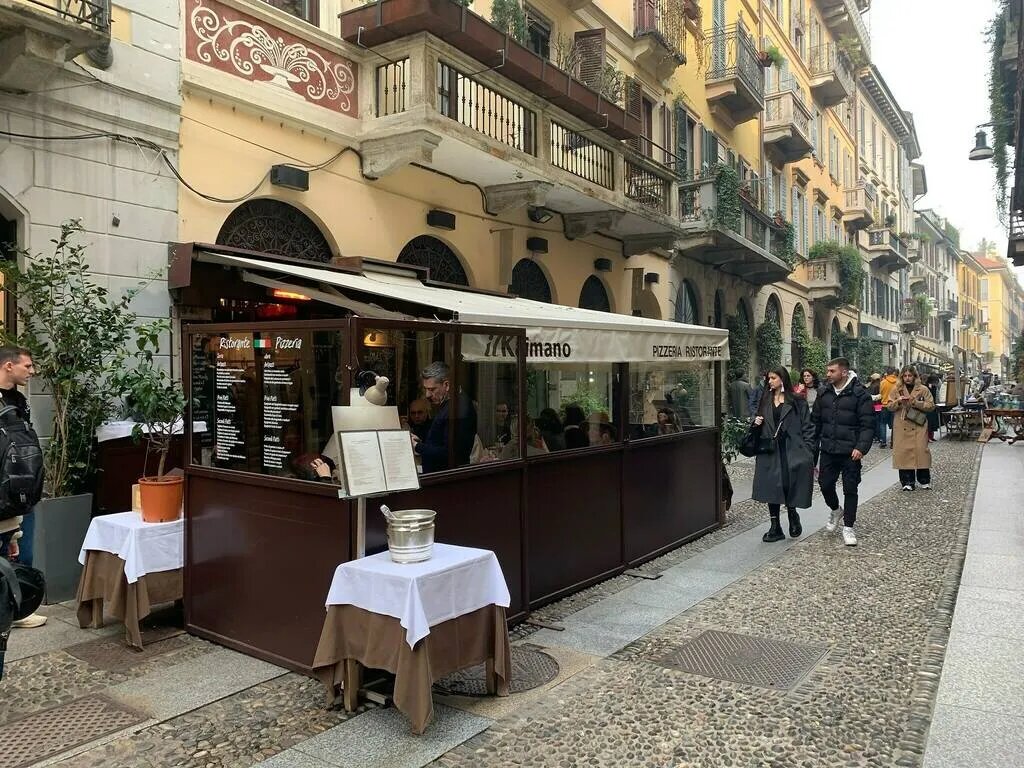
This popular restaurant is located in the center of the artsy, cobblestoned Brera neighborhood. Il Kaimano serves a variety of northern and southern Italian dishes, including risotto alla Milanese, ricotta-stuffed zucchini blossoms, Sicilian swordfish, and giant, round thin-crust pizzas.
The service is kind and welcoming. Don’t be fooled by the translated menu outside; it gives off ‘tourist trap’ connotations, but this place is actually very popular among locals. Prices are comparable to those in the city core, yet they remain reasonably priced. Oh, and if the staff is feeling really sweet, you might even be served a complimentary limoncello at the end of your dinner.
15. 28 Posti

Leading the pack with an imaginative, contemporary approach to Italian food, 28 Posti – called after the 28 seats in this Navigli-side restaurant – provides dishes influenced by classic Mediterranean flavours, matched with precise service and carefully selected natural wines.
The ever-changing menu includes dishes like a charred onion with fermented wild strawberries, rigatoni tossed in miso, and savory desserts flavored with bee pollen, coal, and bottarga, venturing into culinary waters uncharted in Milan. The outcome is elevated, unexpected, and never boring. Our recommendation: opt for the tasting menus.
16. Gastronomia Yamamoto
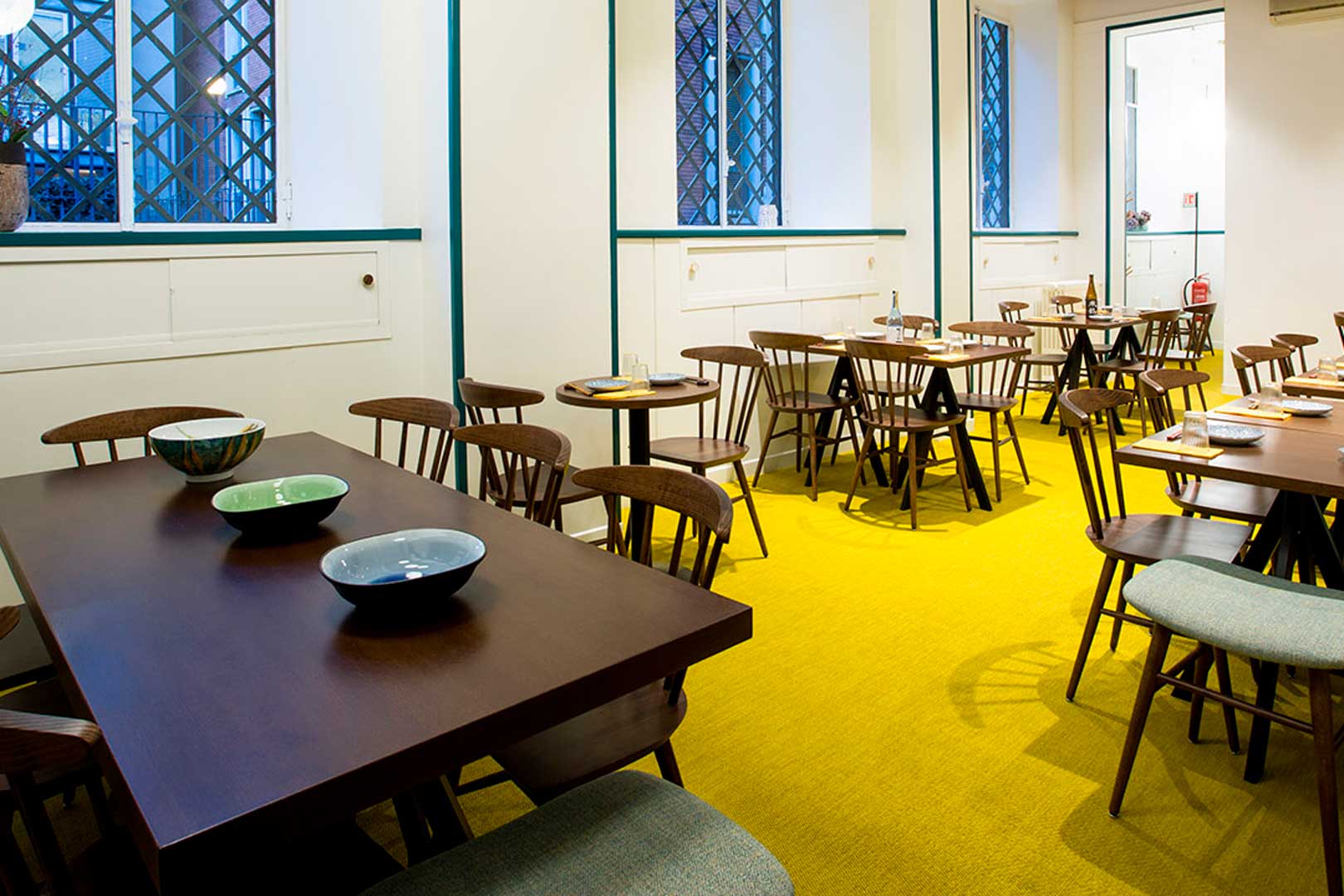
Who would have imagined that the best venue to enjoy traditional Japanese home food would be in the heart of Milan? From the midday takeaway counter offering pre-made bento boxes (without sushi) to the full-service restaurant in the back, this Japanese classic just behind the Duomo has it all.
We recommend the wonderfully fragrant curry, pillow-soft unagi eel donburi, or any of the superb side dishes, especially the stewed Hijiki and miso eggplant. Yamamoto also gets credit for the beautifully designed interiors, which put a modern spin on the traditional Japanese cafeteria style.












